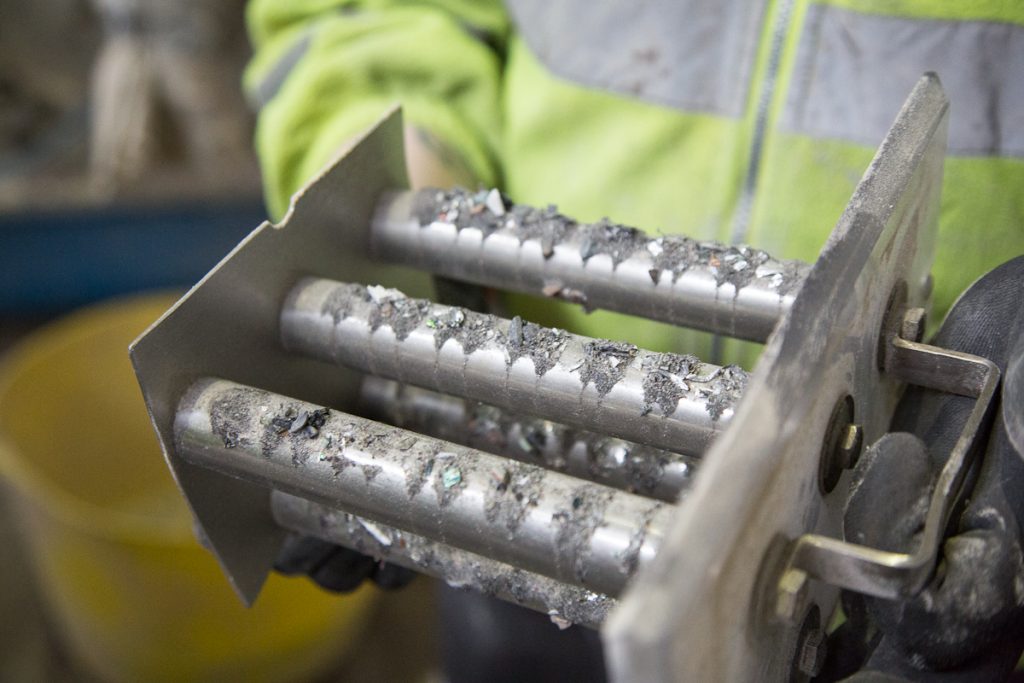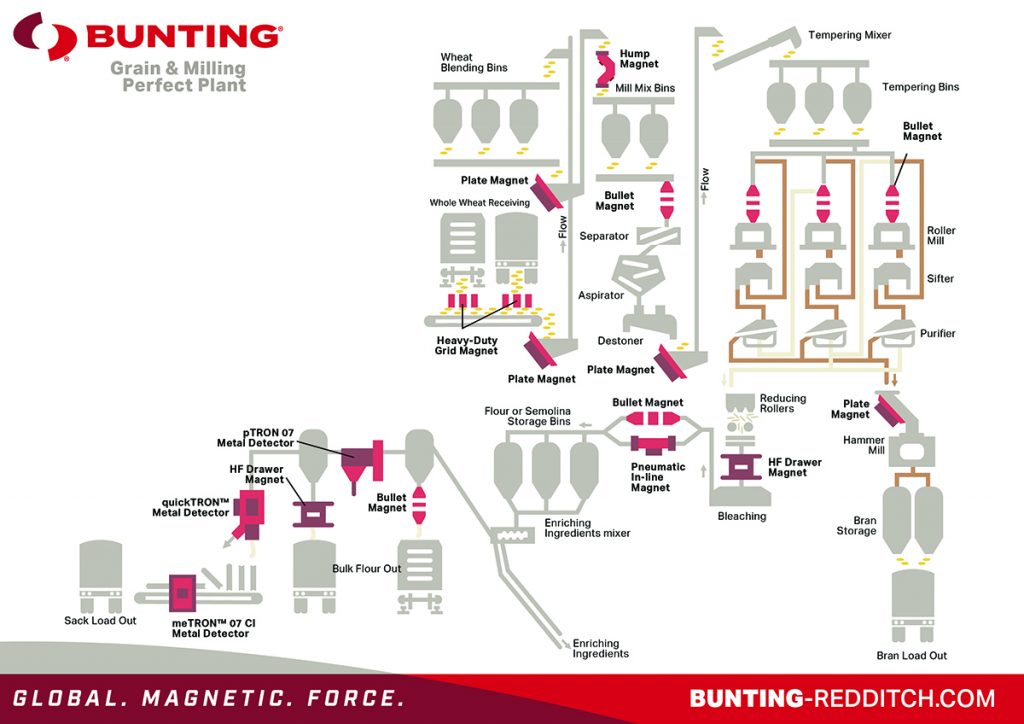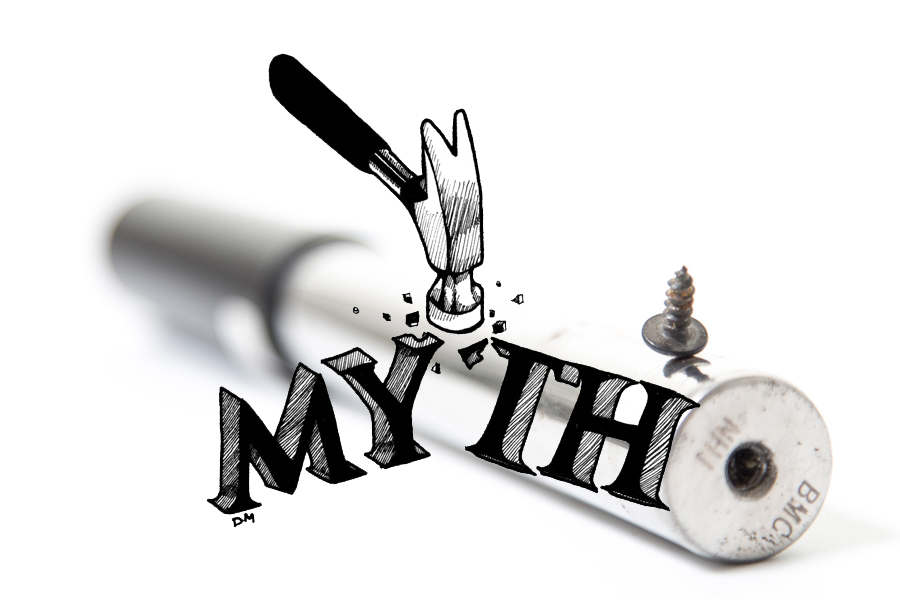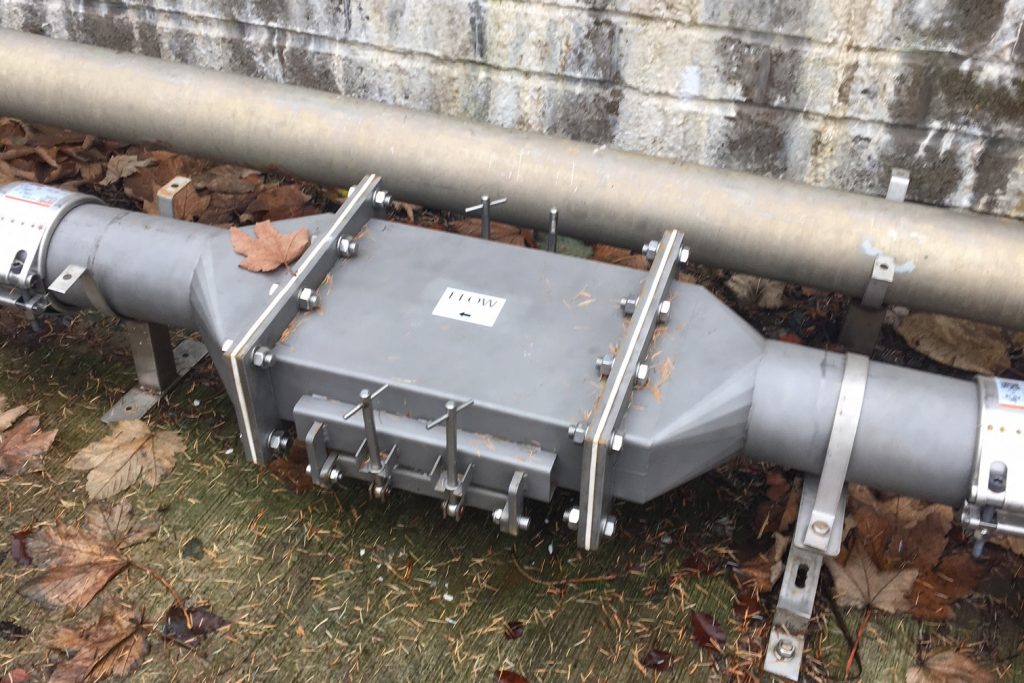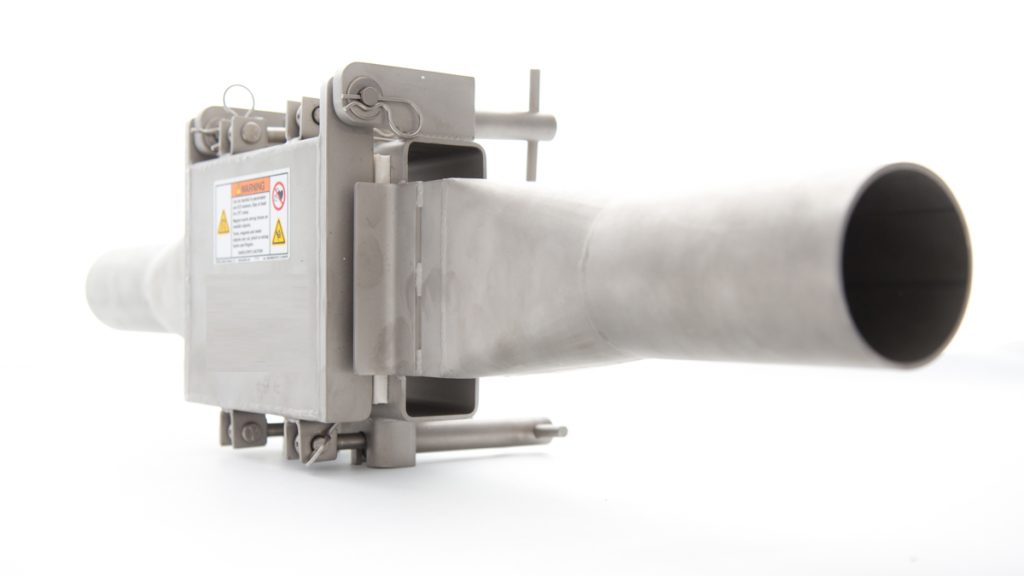Food Processing
Separating Problematic Metal at POWTECH 2022
At POWTECH 2022 (27-29 September, Nuremberg, Germany), Bunting’s focus is on the separation of problematic metal from dry materials. On stand 3A-613, visitors will see the latest magnetic separators and metal detectors that effectively remove tramp metal and very fine iron from a wide range of granules and powders. POWTECH is the leading European trade…
Read MoreTemperature Effect on Magnetic Separators
If a Neodymium Rare Earth Tube Magnet is put into a red-hot fire, then it would not be surprising if the magnetic properties are destroyed. However, what if the same Tube Magnet is just exposed to steam being flushed through a pipeline system to clean the pipes? Tube Magnets manufactured with high quality Neodymium Magnets are able to…
Read MoreMetal Contaminated Dairy Products
The UK Food Standards Agency has reported that Yoplait UK has recalled Yoplait Frubes Strawberry, Red Berry and Peach Variety Pack because the product may contain small pieces of metal (January 2022). Small metal pieces have been found in the peach flavour within the multipack, which makes this product unsafe to eat. Food Standards Agency…
Read MoreGetting Metal Out of Grain and Cereals
By the time grain and cereals have been collected and delivered to a Milling Plant, it is highly likely that there is metal contamination present. Removing that metal to prevent damage to processing equipment and produce the highest quality end-product is essential and achieved with a series of different designs of Magnetic Separators and Metal…
Read MoreFive Magnetic Separator Myths
Often ascertaining the best Magnetic Separator for any given application is not straightforward. To complicate the decision-making process further, many companies supplying magnetic separators provide a wealth of information such as Gauss levels and the amount of metal that the Magnetic Separator can actually capture. Such details are often difficult to verify and may even be meaningless. In this…
Read MoreGetting Metal Out of Spices
Most households have a collection of spices in one of their kitchen cupboards. Adding spices to food when cooking is not only a common practice, but essential for most culinary enthusiasts. But how are the spices processed and prepared? Spices are commonly grown in the tropical regions of the world, with some thriving in the…
Read MoreGetting Metal Out of Beer
Thankfully, it is very unlikely that you will ever find a piece of metal in your glass of beer. However, when tramp metal (in the form of screws, nails, broken process plant, etc.) is accidentally introduced during the brewing process, it damages processing equipment and can even affect the taste of the beer. In this…
Read MoreGetting Metal Out of Pet Food
Ensuring Pet Food is metal free before it reaches the consumer is critical. However, reports of foods being recalled due to metal contamination occur several times each year. To assist processors and producers, Bunting has developed a series of typical plant flowsheets showing proposed locations for Magnetic Separators and Metal Detectors including a typical Pet Food Processing Plant.…
Read MoreInline Magnets Remove Metal from Potassium Chloride
A UK processor of Potassium Chloride is using two Pneumatic Inline Magnets (PIMS) to capture and remove small tramp ferrous metal. The metal is removed early in the process, as the dry material is being pneumatically conveyed, to prevent damage to processing equipment including the crusher. The two PIMS installed at the Potassium Chloride processing…
Read More42 Inline Magnets Keep Baby Food Metal Free
A German baby food producer has purchased forty-two (42) stainless-steel Inline Magnets to remove tramp ferrous metal. The food-producer has installed the 42 magnetic separators in all their European manufacturing plants. Inline Magnets easily fit into existing pneumatic (up to 15 psi) or gravity-fed pipelines transporting foodstuffs. The fabricated pipe-shaped body includes suitable ends to…
Read More